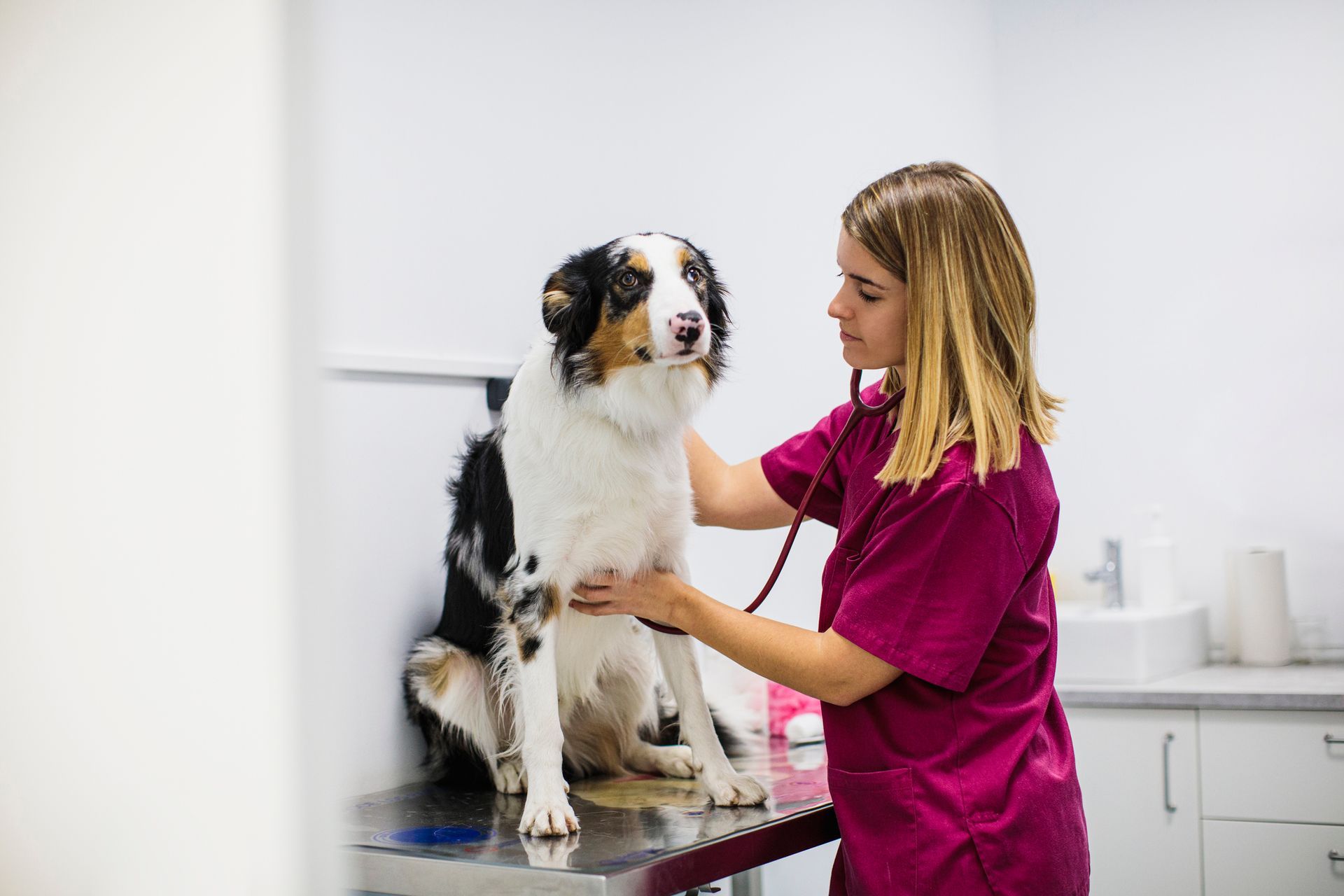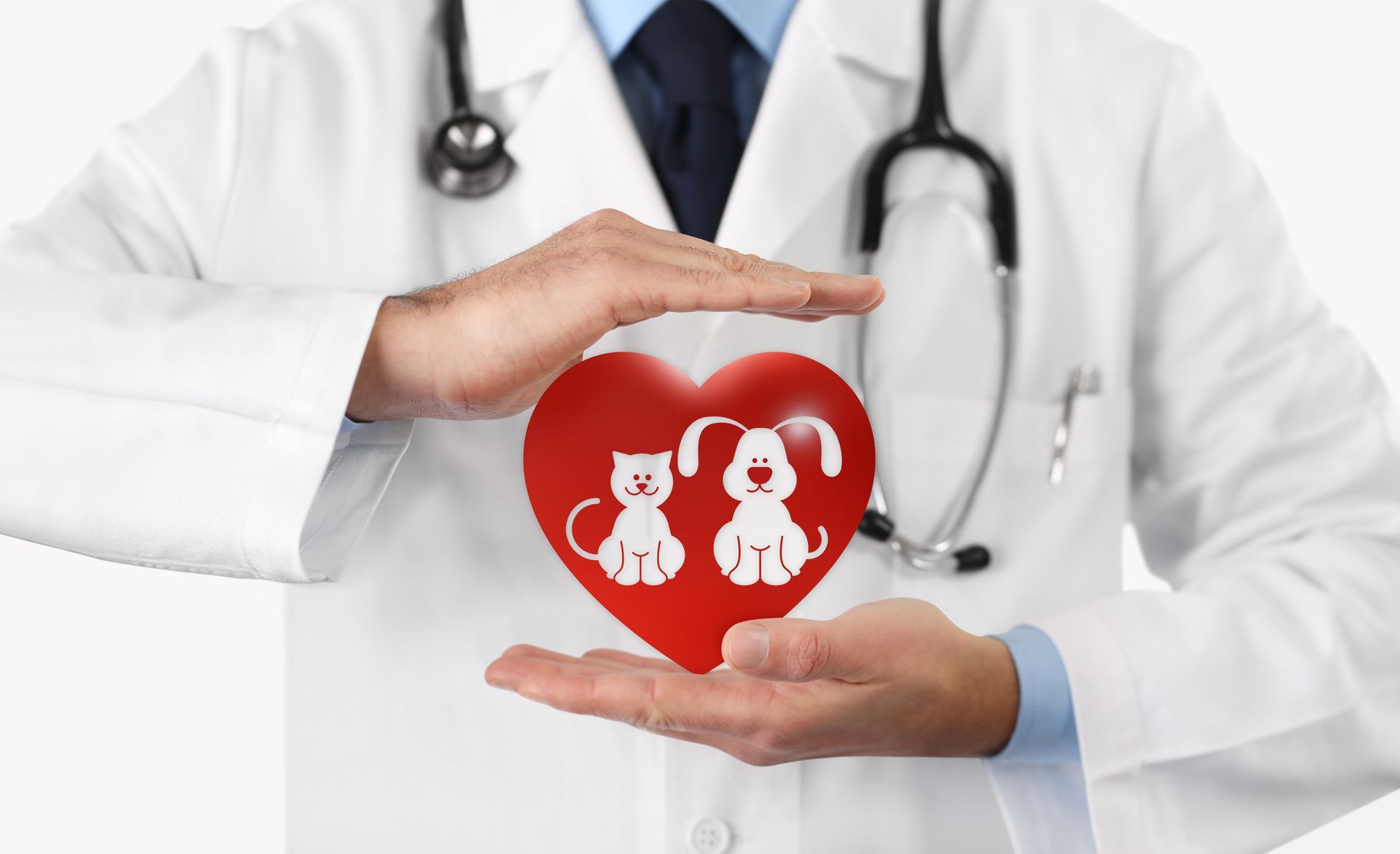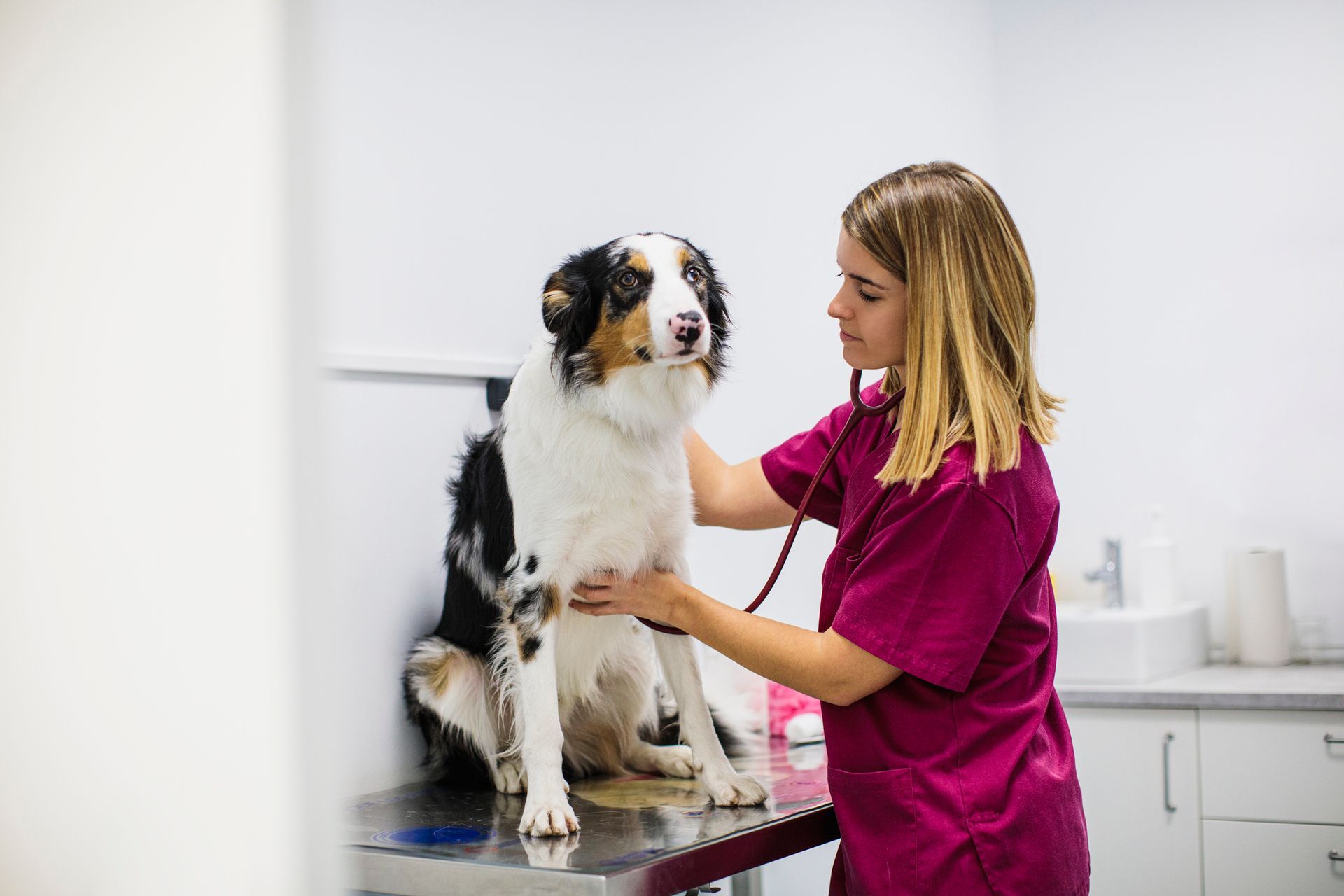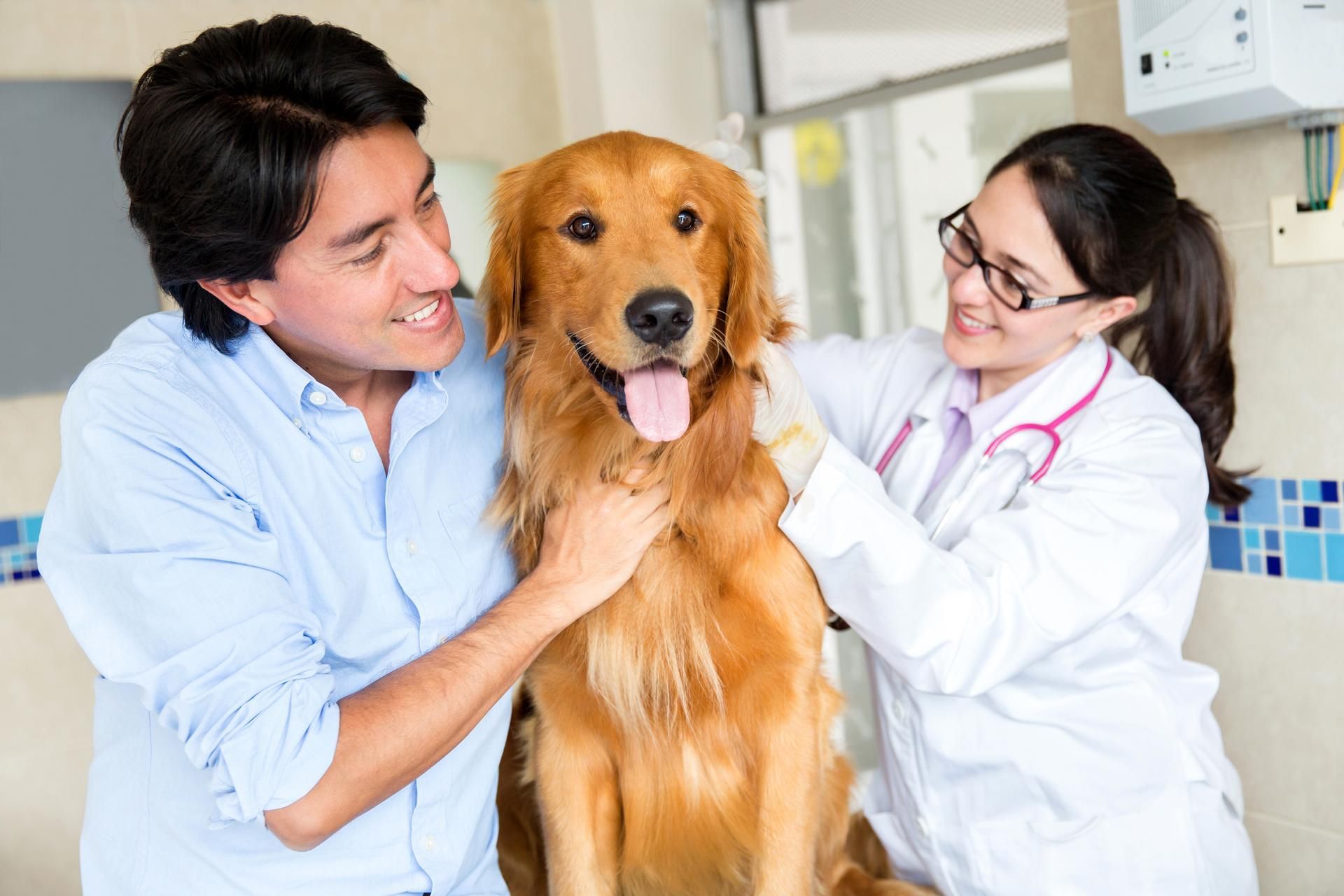A Dog Owner's Guide to Orthopedic Surgery for Your Pet

Dogs may have four legs, but an injury to just one of them can severely limit their movements. Canine orthopedics involve the legs, joints, and other areas of movement like the hips. If you've noticed a change in the way your dog walks, climbs stairs, or runs, then the pet may have an orthopedic issue.
Orthopedic problems occur in numerous ways and have multiple treatment options. Follow this guide to learn more about orthopedic surgery and what to expect if you need to take your dog in for treatment.
Causes of Orthopedic Problems
For many dogs, an orthopedic issue occurs due to a sudden onset injury. Your dog could have run too fast and injured their legs. A big fall off a bed or down some stairs could have also caused an injury. Orthopedic problems could stem from long-term use on joints. Repeated activity could wear the joints down.
A dog who is on the heavier side could put too much weight on their joints and cause damage over time. Pay attention to your dog's behaviors, and do not ignore any signs of change, even if they are subtle. The earlier you catch the problem, the better chance your dog will have at a successful treatment.
Surgery Over Medication
If a dog hasn't suffered a fractured bone or emergency injury, then you may consider pain medication to treat the dog. While medication offers pain relief for animals, the meds only provide temporary relief. They simply cover up the pain and reduce inflammation without addressing the core issue.
Long-term medication use could also lead to other complications. Prescriptions could have side effects that lead to other issues with the stomach or liver. A vet will guide you through the process, but orthopedic surgery is often the best route for full healing and recovery.
Types of Orthopedic Surgeries
The type of orthopedic surgery your dog needs all depends on the injury they suffered. For example, if a dog tore or injured their ACL, then one of the surgery options to consider is a cruciate ligament repair. In animals, the ACL is commonly referred to as the CCL instead, but the terms are interchangeable.
As your dog grows, orthopedic issues may stem from joint and limb deformities. A surgery will correct the limbs so the dog can walk again after the healing process. A correctional surgery may be one of the more invasive orthopedic options, but it can prevent other problems and physical ailments in the future.
Experienced vets have been able to do full hip replacements, knee replacements, or elbow replacements. The surgeries replace the bones with manufactured pieces that are made for and shaped to fit comfortably in your pet.
When pains and ailments reach extreme levels, a full replacement may be the best option. In the end, your dog will have replacement parts that last for their life and do not cause pain or discomfort. The decision on a complete replacement often depends on the vet's recommendation and the overall age and health of the dog.
One of the least invasive surgeries is for bone fractures. Many times, vets can enter at the point of their fracture and use pins or plates to secure the bone in place. Once in, the bones will fuse back together and the pieces will become a natural part of the dog's body. X-ray images will show the complete details and provide vets with precise locations to complete the surgery.
Surgery Recovery Time
A key part of any orthopedic treatment is the recovery time. The healing time is crucial for your pet because you do not want the animal to injure themselves again or go through excessive pain. Typically, recovery will include multiple weeks of rest and limited physical activity. If your dog is crate trained, then time in the crate will help a dog limit movements and heal.
If possible, take a couple of days off of work to monitor the dog and get them settled into a new routine while they heal. A vet will provide complete instructions before and after the surgery. Gradually, you can reintroduce physical activity, but early recovery stages may include really short walks or a little free time inside the home.
You will likely book a follow-up appointment to check on the dog's status and make sure the process went smoothly. Further X-rays may be done to check the status of the dog’s healing and to make sure no additional problems have occurred.
For dogs with hip or joint replacements, a vet may recommend physical therapy for the pet. Physical therapy will help a dog rebuild muscle and go through specific exercises to prevent injuries in the future and get the dog used to their major changes.
For more information on orthopedic surgeries, contact us at
South Seattle Veterinary Hospital. We can set up an appointment for your dog for a full evaluation. We also offer emergency services to treat broken bones and other ailments your pet may suffer through.










